‘Old-time pandemic remedies that sometimes worked’ sounds silly. Silliness isn’t much of a consolation, but this isn’t the first time the world has faced a health crisis. From the bubonic plague, which stalked humans from the 1300s to the 1600s, to the Spanish influenza of the early twentieth century, humans have long battled microscopic enemies.
Since I need to distract myself from the news, I am delving into what people have done to try to stay healthy. Some of the old time pandemic remedies are silly. Some worked to a degree.
Before I continue, I want to express my heartfelt wishes that you all stay healthy. To those of you who are sick, I hope you have a full recovery. My deepest condolences for anyone who has lost someone.


HISTORY OF PANDEMICS : BUBONIC PLAGUE
From history’s earliest days, bacteria and viruses have stalked humans. Stowing on wagons, ships, and airplanes, these diseases traversed the globe, infecting people in city streets and isolated hamlets.
The Bubonic Plague, or Black Death originated in central Asia, in Kyrgyzstan. (map below) The Black Death wasn’t caused by a virus, like COVID-19 but the bacterium Yersinia pestis. This grim reaper’s been around for thousands of years, in isolated parts of the world that house colonies of wild rodents.
One such colony lived on Lake Issyk-Kul in Kyrgyzstan, buried in the fur of marmot species prized for its golden fur. Also on that fur were the fleas, the vector defined that would carry Yersinia pestis on its European death tour. Fleas loaded with the bacterium hopped into merchants’ luggage.
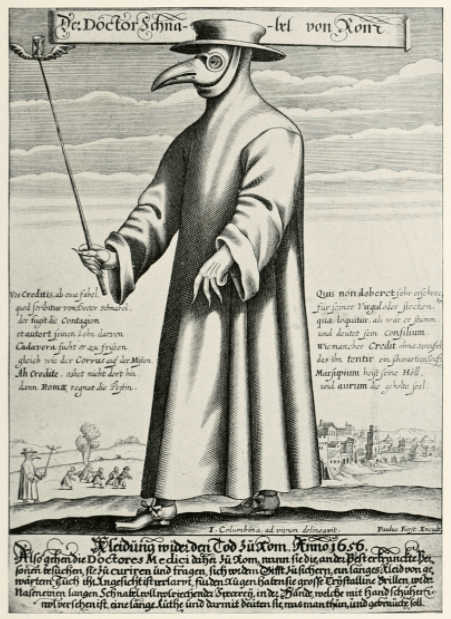
Mask worn by physicians…good idea for influenza but this wasn’t influenza 
Map, obviously 
Marmot
A flea can survive for six weeks without food so they traveled happily until they could jump onto a second vector — the rat. SIX WEEKS?
I couldn’t survive six hours without a snack.
RATS AND FILTH
As you all know, rats were everywhere in the Middle Ages. A female can have six litters a year. In three years, a pair of rats can produce 482,508,800 babies. In the body of a flea on the back of a rat, Yersinia pestis was upwardly mobile.
It was filthy in Europe in the Middle Ages.
For example, laws only required people to yell, “Look out below!” three times before emptying their chamber pots out the window. (Eww…)
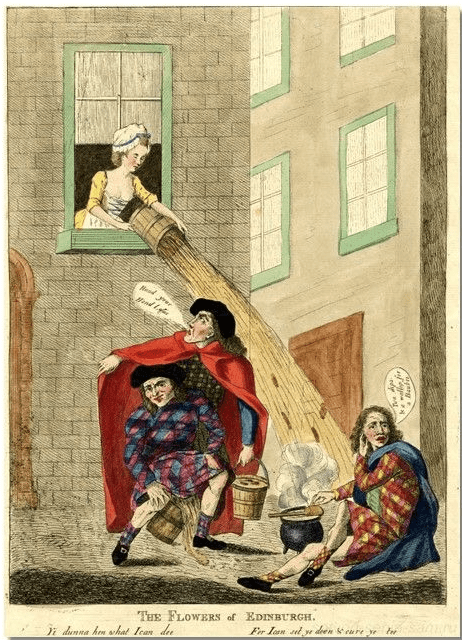
The point is that filth is a bacterium’s favorite environment.
SNIFFING LATRINES VERSUS SOAP
A physician noted that the people who cleaned public latrines seemed less likely to contract the plague than the general population. This physician decided that the best cure for bad air was more bad air. His theory led people to circle around public outhouses and inhale deeply.
Needless to say, sniffing latrines did not work.
It’s too bad that they didn’t conclude soap was the answer.
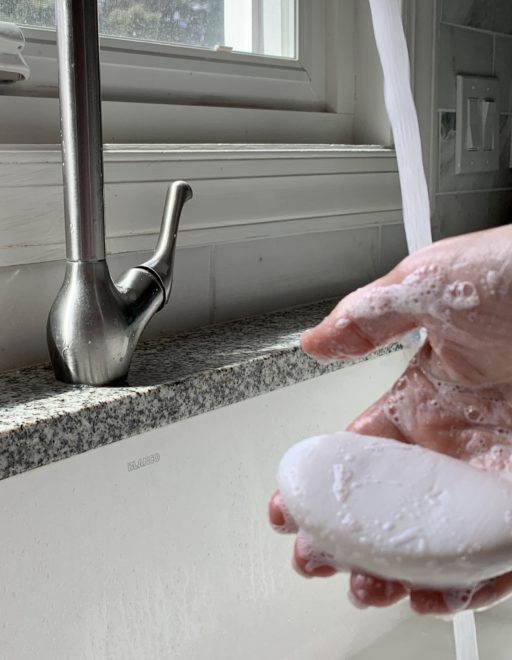
Okay whatever, that’s bacteria. What about viruses, you ask? Here’s one. Yellow Fever.
In the late 1800s, scientists were just starting to realize that strange microbes smaller than bacteria were causing disorders in plants and animals. Bacteria, which had been discovered in the 1670s, had been associated with human illnesses such as typhoid fever, cholera, and tuberculosis.
BACTERIA
Yellow fever, in the worst cases, attacks the liver, inhibiting the ability of blood to clot. The liver damage also turned the afflicted person’s skin yellow and what gave the disease its name.
None of this was known in Philadelphia in 1793.
NUTTY OLD-TIME PANDEMIC REMEDIES
The cause of yellow fever was thought to be a load of rotting coffee left on a wharf on the Delaware River, corrupting the air.
How dare they blame coffee! It was mosquitoes.
Doctors disagreed about how to treat the disease. At the time, traditional practice advocated wine and cold baths. One doctor had his patients ingesting mercury. (I’d only agree to the wine….)

courtesy e_calamar 
courtesy a brave anonymous person 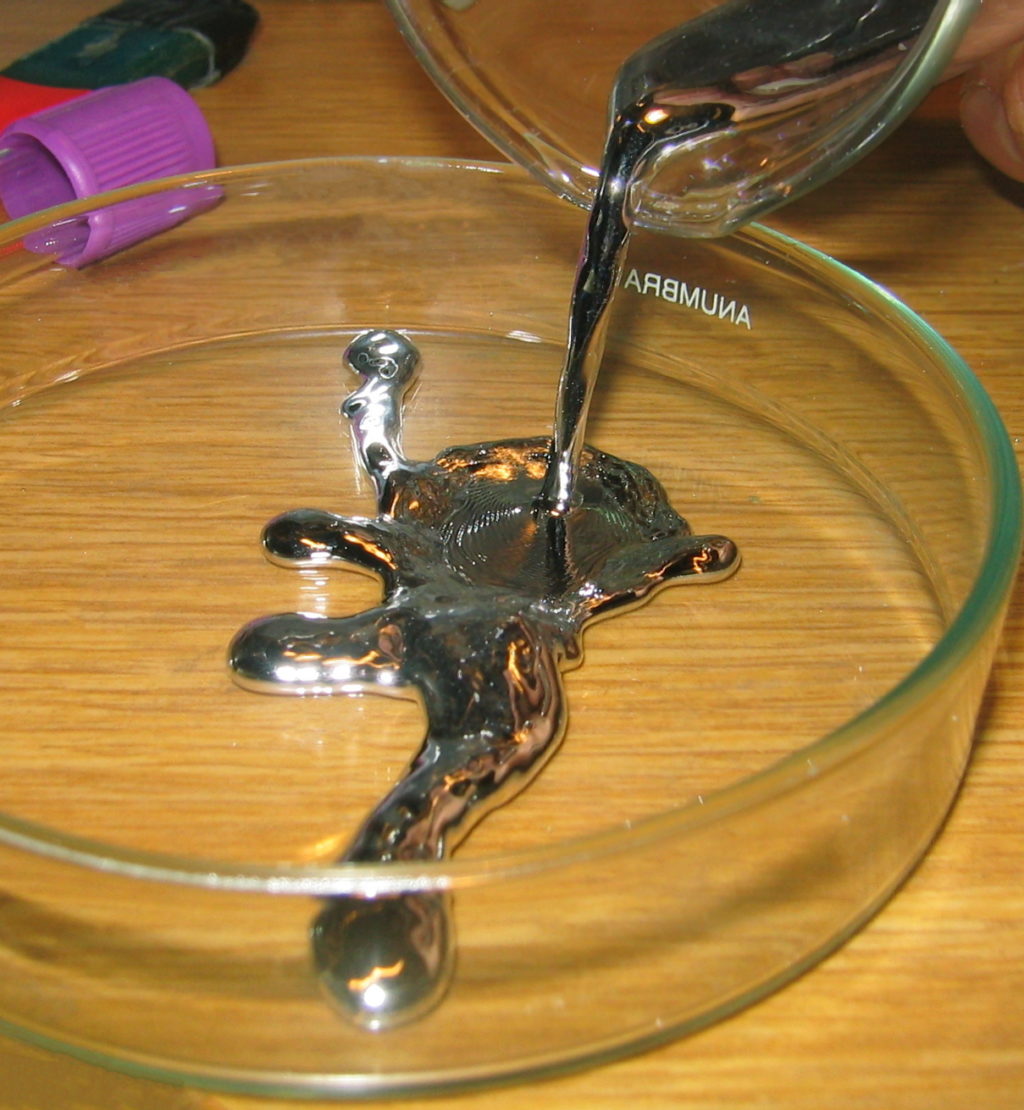
courtesy Bionerd
To cleanse the coffee-infected air, residents lit bonfires, shot off guns and cannons. (All right, it’s lucky that bonfires keep mosquitoes away, but I don’t understand that cannon rationale…not sure if they shot off fireworks but here’s a post about fireworks and how they work!)



Not one of the best ways to live longer 
Women and children began smoking cigars. Garlic was chewed or carried in pockets and shoes. (Garlic? It’s not Dracula!) My theory is that they all had caffeine-withdrawal headaches, causing skewed decision-making.

U.S. Army surgeon Major Walter Reed didn’t think garlic was a viable treatment option, either. Major Reed’s discovery of the causes of yellow fever is one of the most important contributions in the field of medicine and human history!
Philadelphia wasn’t the only port city plagued with yellow fever. And during the Spanish-American war (1898), more American soldiers died from yellow fever, malaria, and other diseases than from combat.
Getting rid of mosquitoes also enabled successful completion of the Panama Canal. (1904-1914) And decreased malaria deaths.
ERADICATE THE MOSQUITOS

Who hates mosquitoes?
The yellow fever virus was isolated in 1927, and scientists soon came up with an effective vaccine, called 17D, a weakened form of the virus itself. It’s still in use and still considered one of the most important vaccines in human history! (Ironically, this list does not include the vaccine for yellow fever…) It wasn’t until the middle of the 20th century that vaccines were actively researched and developed.
After yellow fever, you’d think mankind would get a break. Not.
The 1918 Spanish Flu pandemic thought otherwise. Reports of a flu outbreak in Madrid in the spring of 1918 led to the pandemic being called the Spanish Flu.
At least the nurse below is wearing a mask! (Photo of Walter Reed Hospital Spanish Flu ward)
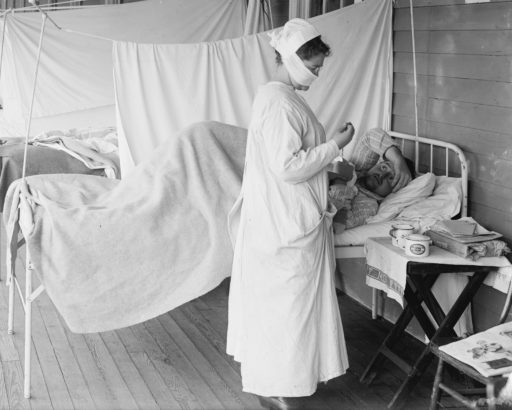
But this was 1918. …there were no effective treatments to combat this virus. People were still reeling from the fatalities of WWI.
Without a vaccine or approved treatment plan, local officials improvised. With pressure to appear patriotic at wartime, poor record keeping, and the media downplaying the disease’s spread, many made tragic decisions.
Philadelphia went forward with parade attended by tens of thousands. This spread the disease like wildfire. In just 10 days, over 1,000 Philadelphians were dead, with another 200,000 sick. By March 1919, over 15,000 citizens of Philadelphia had lost their lives, nearly all in a six-week period.

Priests drove horse-drawn carts down city streets, calling upon residents to bring out their dead. Many were buried in mass graves. Maybe this is where Monty Python got their ideas. (from Monty Python and the Holy Grail)
MASKS AND QUARANTINE
St. Louis, Missouri went the other way. Schools and movie theaters closed and public gatherings were banned. Consequently, the peak mortality rate in St. Louis was just one-eighth of Philadelphia’s death rate during the peak of the pandemic.

Citizens in San Francisco were fined $5 — $100 in today’s dollars — if they were caught in public without masks. Strict but they were on the right track!

INFLUENZA AKA FLU TRANSMISSION
Since influenza is a virus that attacks your respiratory system — your nose, throat, and lungs– and most experts agree that transmission of flu viruses are mainly by tiny droplets made when people with flu cough, sneeze or talk, why not wear the mask!
Virus laden droplets can land in the mouths or noses of people who are nearby. Less often, a person might contract the virus by touching a surface or object that has flu virus on it, then touching their own mouth, nose, or possibly their eyes. Gloves can help keep people from touching their faces.
Spitting had been outlawed in Brooklyn 1896, largely in part due to the Young Women’s Christian Association’s campaign to clean up the streets! (George Rinhart / Corbis via Getty Images below)
SPITTING AND GERM THEORY
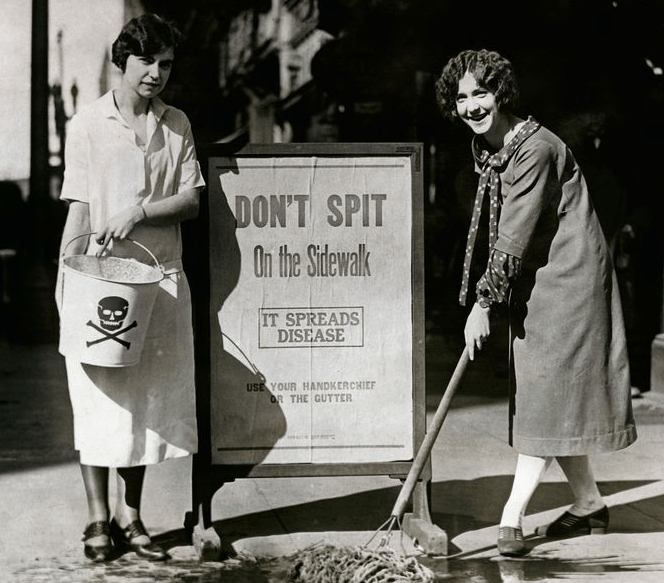
In 1882, German bacteriologist Robert Koch had identified the world’s most-wanted germ: Mycobacterium tuberculosis. Tuberculosis killed one in seven during the late 1800s, making it the deadliest infectious disease at the time. By linking tuberculosis to a bacterium, Koch opened the door for public health campaigns that aimed to prevent its spread. Yay!
More about the great achievements of Robert Koch and evil bacterium here!
In NYC, people were arrested for spitting during the 1918 influenza pandemic. Boy scouts would pass out ‘no spitting’ cards. (Hopefully while wearing masks, but I doubt it.)
MORE OLD-TIME PANDEMIC REMEDIES!
Many anecdotal cures were touted to treat the Spanish Flu. Here’s one from an October, 1918 Nebraska newspaper. I wonder if it brought in business?
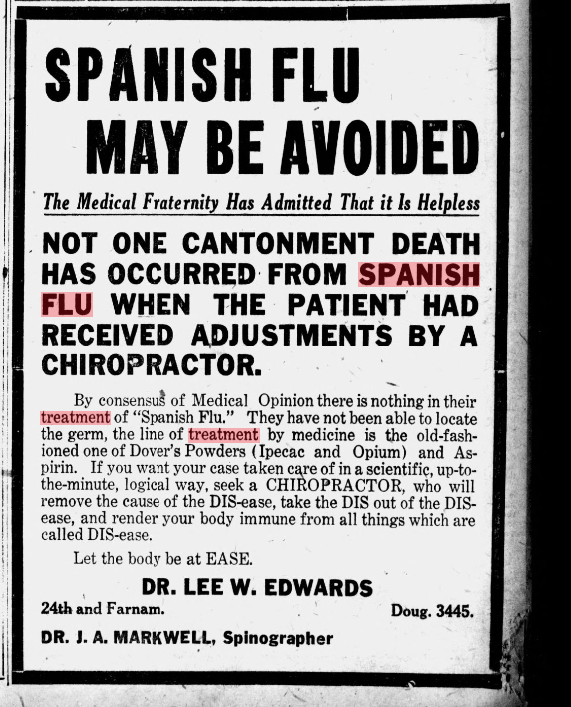
In 100 years, will people write articles about how silly we were to practice social distancing? Who cares. The people sniffing latrines did the best they could. Those boys scouts should have stayed home…shelter at home is a new buzz word but the concept isn’t new.
For now, what happens out there will continue whether we ruminate or not, whether we spend large chunks of time reading about it, watching media, or yell at those in positions of authority. So what do we do while we’re all on pause?
Well, maybe not go to the chiropractor.
I do appreciate it when others make me smile! Thank you to whomever painted and left the lovely rocks on the path for us to find. I have an uplifting post about birds -with great photos- that you could check out, too!
CHOCOLATE
And there’s always chocolate! Okay, not a cure but a psychological remedy in my book!

“Everything can be taken from a man but one thing: the last of the human freedoms—to choose one’s attitude in any given set of circumstances, to choose one’s own way.” ― Viktor E. Frankl
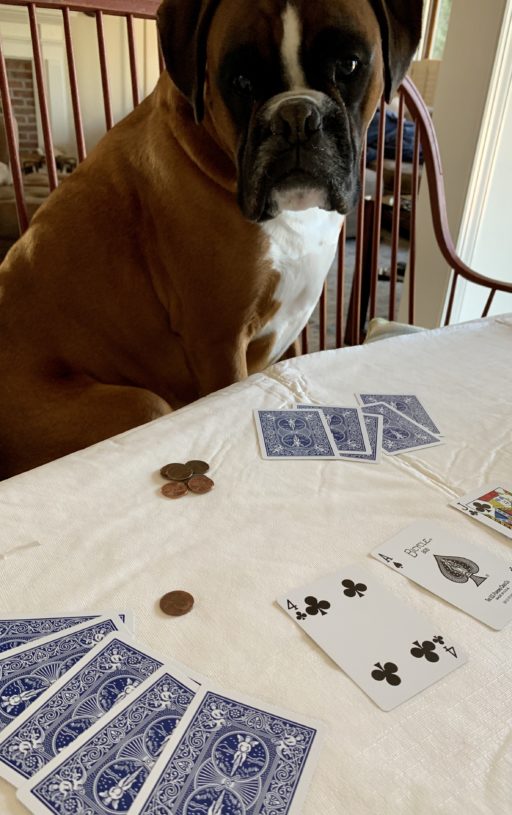
Please drop me a line and let me know how you are, below in comments. Or email me! I love it when you comment! And subscribe! Just scroll to the top of the page and you’ll see the pretty teal box. (Yes, I’m groveling…)
I’ll also be practicing social distancing, Louie being a notable exception. He’s teaching me how to play poker. Zoom cards, anyone?





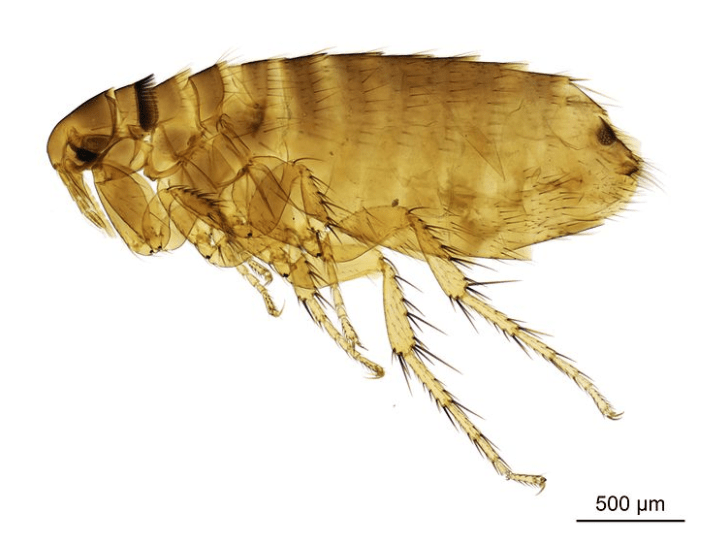

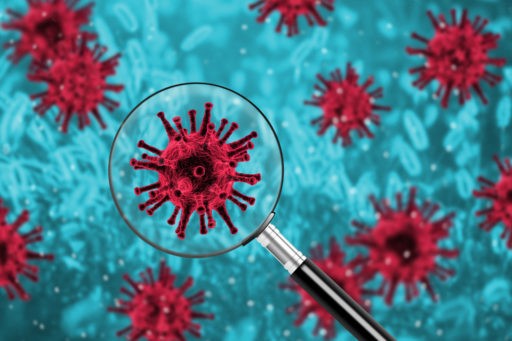




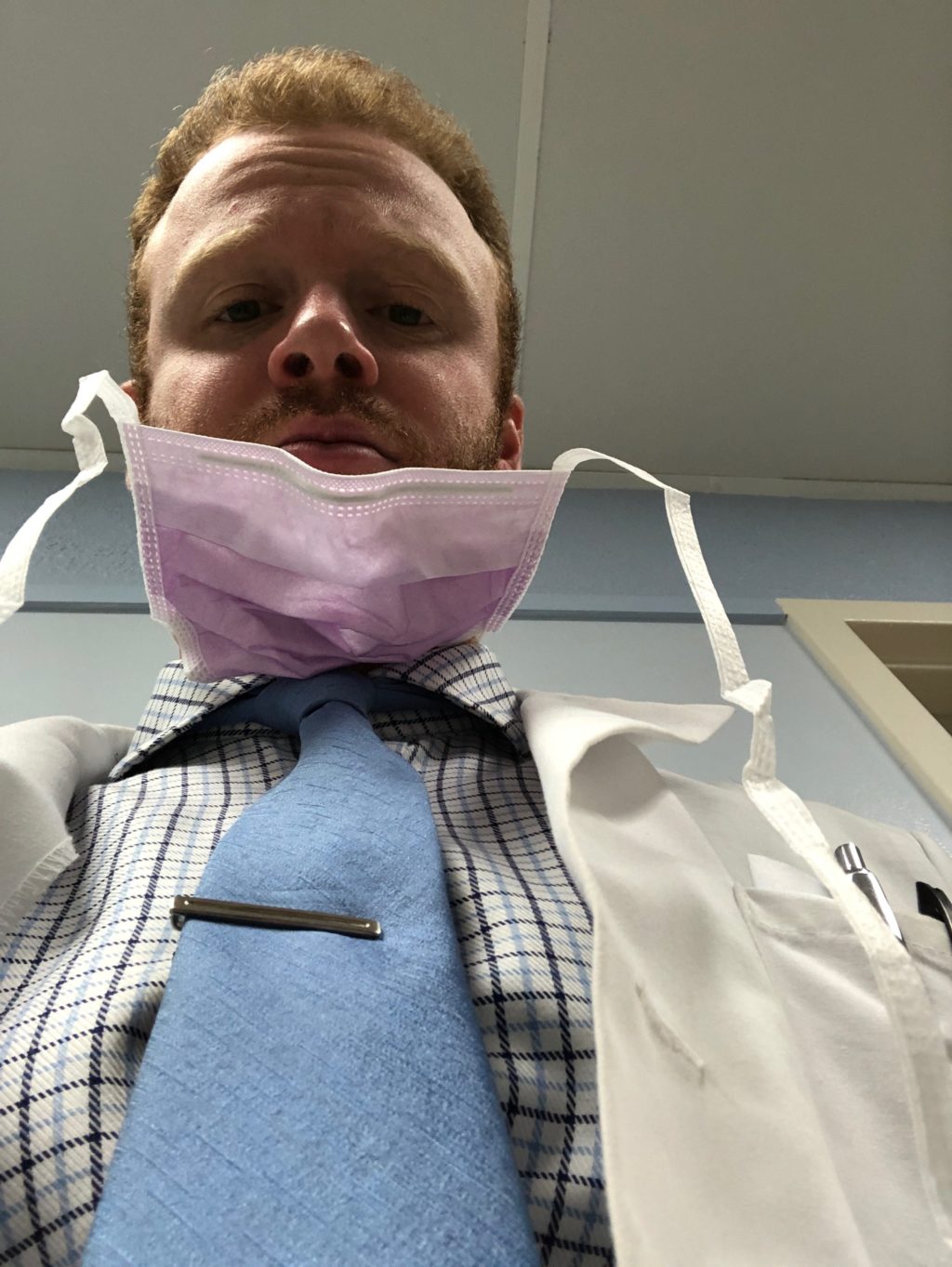
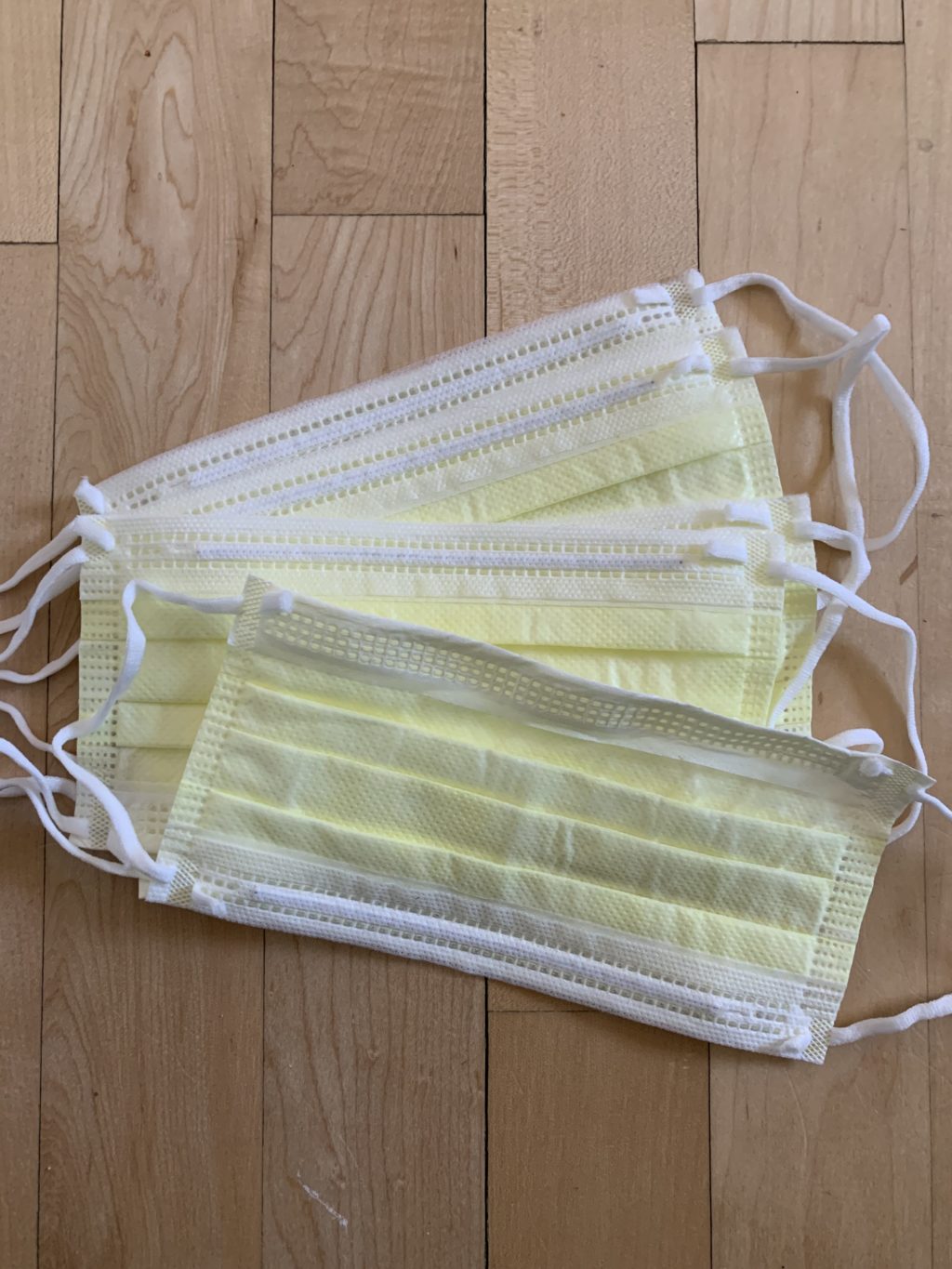
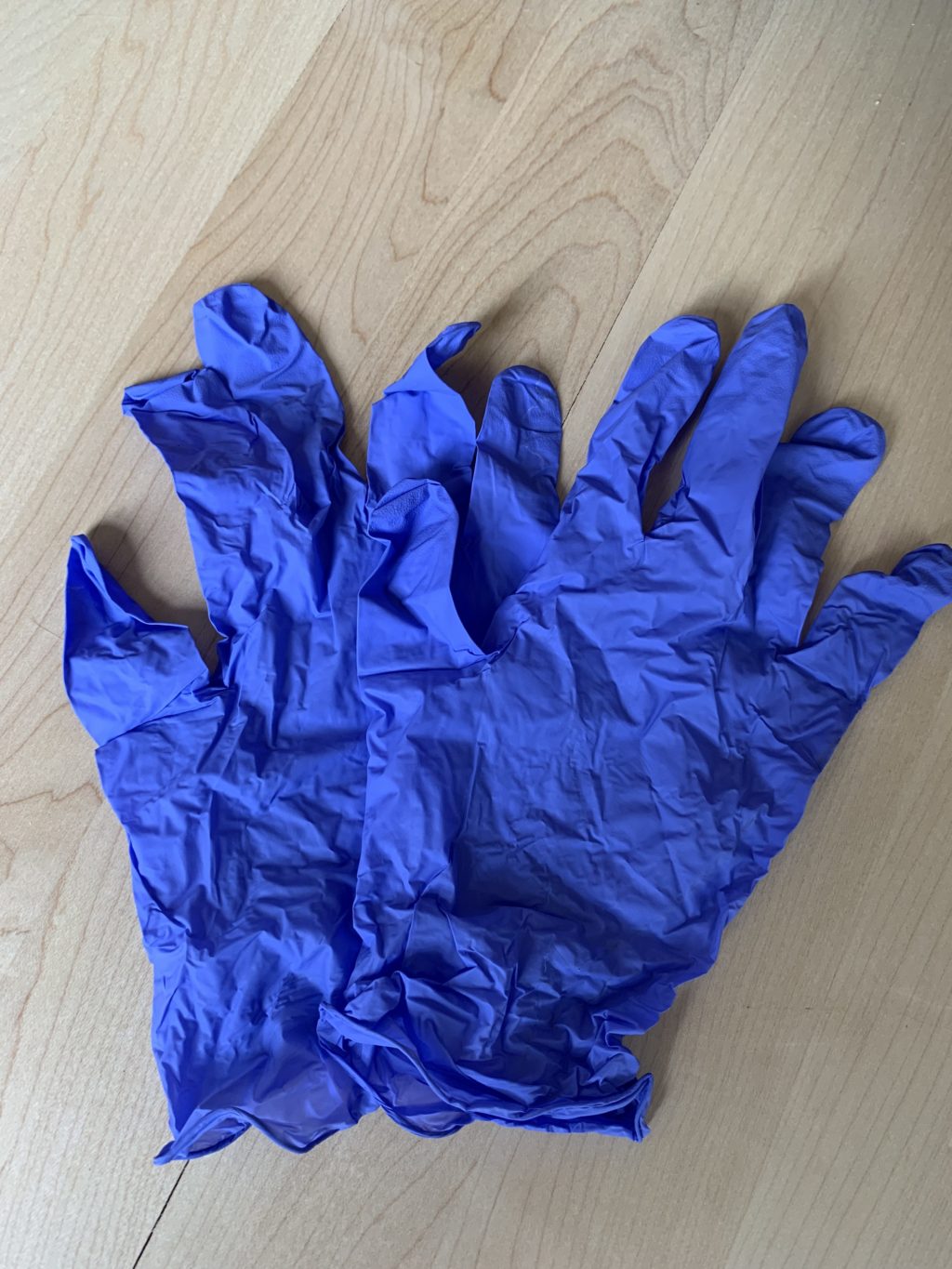




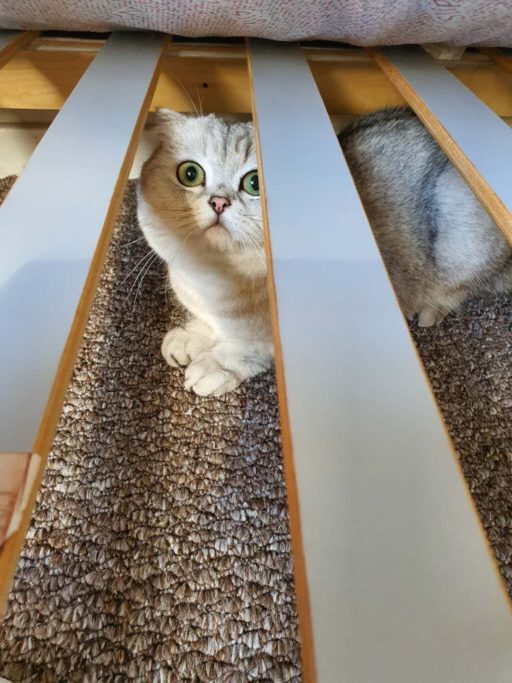

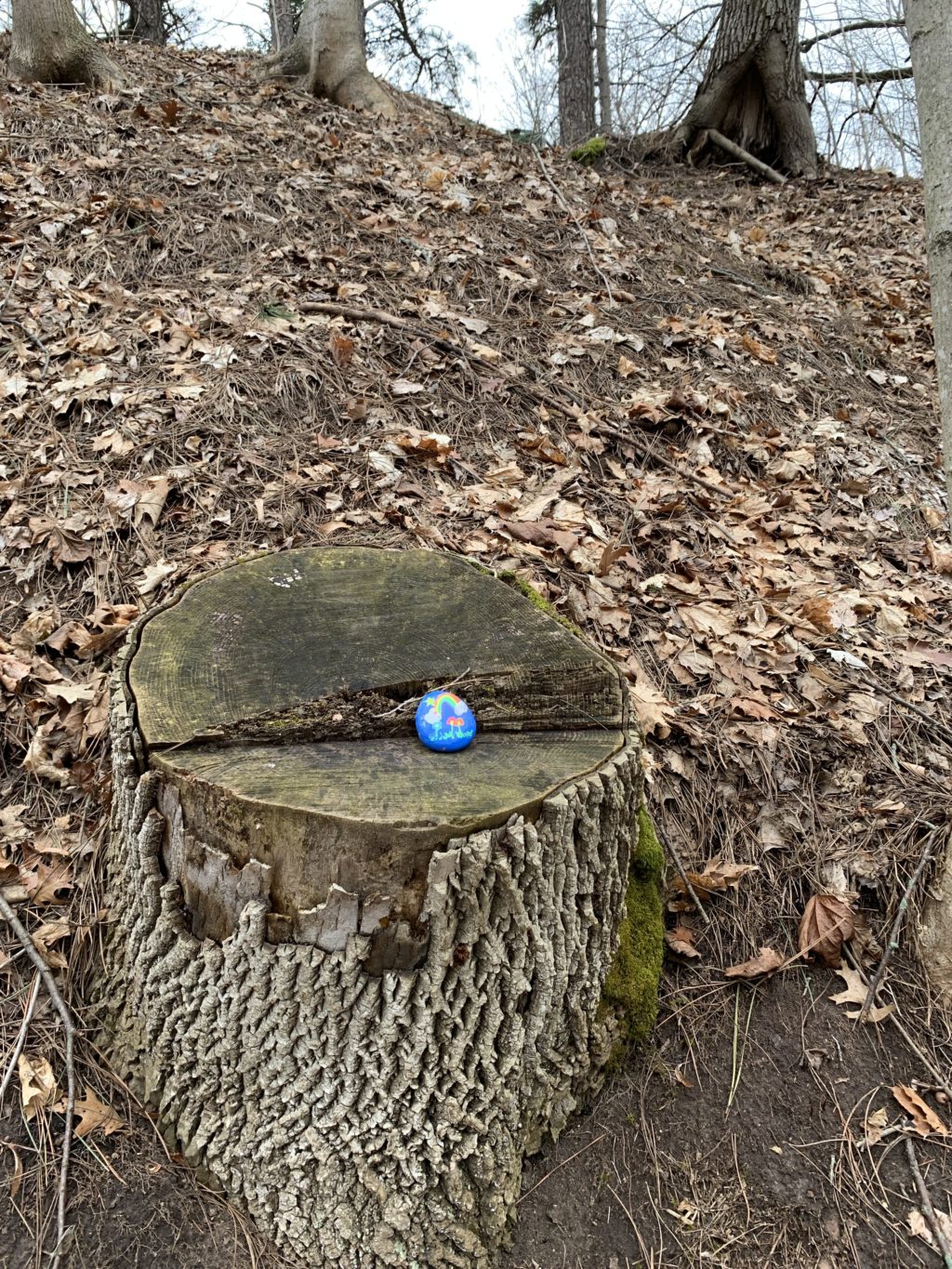










Best post so far, Sue. Timely yet hilarious.I love the trivia facts such as the “Look out below!” story and people thinking the yellow fever was caused from coffee. Your humor brought a smile to my face which, by the way, will be masked if I have to leave home.
Now you’ve made me smile! Yes, hide your smile behind your mask at the grocery store, but I’ll know!
Fascinating post as usual! I will NOT try the latrine sniffing option 😉 Thanks for the fabulous info and great visuals and humor.
Latrine sniffing may be the least enticing option! Although ice baths aren’t appealing either. Thanks!
How many babies can rats have! Was not expecting that number. Thanks for sharing this, there’s a lot of good humour whilst also being incredibly informative as well. Definitely brought a smile to my face!
I know, it’s staggering! I’m happy that you’re smiling! Thanks.
A fantastic blog post, I loved learning about The Black Death back in school. You have some great knowledge. A fantastic read 😁
Thank you! Glad you liked the post.
Such a fascinating post! I certainly learnt a lot reading this, and wow, the amount of babies rats can have is crazy!! Thanks for sharing your knowledge, such a fun post! <3 xx
Bexa | http://www.hellobexa.com
It is a little crazy about rats! I’m happy you stopped by to read my post!
Loved reading this, you’re so right, scary as COVID is, it’s not the first time the world has had to deal with a pandemic. It’s a shame that we don’t seem to be able to learn the lessons from the past though 🙁 But as you say, there’s always cake! Stay safe x
You stay safe, too! And eat cake!
Oooh this was fascinating! I’ve learned a lot from this!
Love, Amie ❤
The Curvaceous Vegan
Thanks, Amie!
Yes, I agree with all the comments. Funny and fascinating. But I disagree about the latrine sniffing. I think it could definitely work…
Thanks Sue Berk Koch for another fun blog post.
You ought to find a latrine and check back with me! ha
Wow! An intriguing read! Thank you for sharing.
Thanks so much! Glad you stopped by.
Great post as usual and very applicable to our current situation. Another fun fact is that in Saulsburg Austria they would flood the streets once a week with water from the river. Never had a problem with the plague. Hopefully it doesn’t get that way here but who knows. Have a great weekend and thanks again. Make
Wow, that is SO interesting about Salzburg! They were flushing the rats and fleas and filth away with a good bath. Too bad cities didn’t have better ways to share information back then.
Thanks for sharing that cool fact!
Fascinating! Really think this more humorous tone is just what we need. Definitely enjoyed this!
I’m so happy that you enjoyed the post!
It makes sense that some old remedies can work. Pandemics have been around from time to time. Sometimes, we just need to look at how the wheel was invented!
Nancy ♥ exquisitely.me
Good point!
Very interesting! And thanks for including another one of my “grandpets” in the photo gallery! 🙂
Jimmy looks so cozy sheltering at home. How could I not?
What a fun and interesting read! Perfect timing for this post too given everything that we are going through right now. Thanks for sharing.
Thank-you for stopping by!
Very interesting post, yes..humanity has been here before and now we have all the knowledge to overcome this pandemic (in a reasonable timeframe). Maybe we should learn something from this though, seeing the planet healing itself so quicky when we are not abusing it.
Thanks for sharing this!
Anda
Ah! I was focusing on humanity with this post, but that’s an excellent point! I’m going to explore that further. Thanks!
When everybody is afraid to pandemic, your way of describing facts in a fantastic way may bring smile to many faces… I just love your style… Stay healthy stay safe…
Thank you so much!
Interesting read filled with humor, I liked the way you simplified it, easy to read and understand. I enjoyed it. Thank you for sharing 💜
Thanks. I’m trying to keep things light, yet current!
Very interesting! I really enjoyed reading about this. 😀
Thank you so much!
Of course, you’re very welcome!
The Black Death was something I learnt about at school, I really enjoyed learning about it all, but saddened what people had to go through with 😔
Keep yourself and your loved ones safe
You, too. Stay safe.
This was a really interesting read. I can definitely picture all of those people standing around outhouses sniffing the air to try and stay healthy. I wonder what people in the future will think of our lack of scientific knowledge someday.
I wonder the same thing!
I am glad we don’t have to rely on all of these remedies
Agreed!
Fun post, especially for such a somber subject. It was very interesting to read the history you’ve highlighted. Another story about the bubonic plague was the four thieves who robbed homes & graves of the recently departed, yet they themselves never caught the plague! They attributed their resistance to a special herbal vinegar recipe, made by one of their mothers that featured a combination of antiviral, antiseptic, and immune boosting herbs. They drank & doused themselves with this herbal vinegar and never caught the plague (they were, however, put to death by the authorities for stealing). The recipe for “Four Thieves Vinegar” has been passed down through the ages, and is actually quite tasty on salads! The bubonic plague still pops up every so often – even in the United States.
This is a great story! Thanks for sharing it. I didn’t come across it in my research. I’d love to have the recipe!
Here’s the recipe for the immune boosting herbal vinegar, called Four Thieves Vinegar, that has been passed down over time since the middle ages when the bubonic plague wiped out so many people, except for the four grave robbers who dosed themselves with this vinegar, lol.
https://www.babyboomersupersaver.com/how-to-make-fabulous-herbal-vinegars-and-save-money/
HAHA! Thanks so much for sharing it.
This was definitely an interesting read! I had never heard of the majority of these remedies! Thanks for sharing!
I’m glad you liked it! Thanks!
It’s interesting to hear the history behind some of these remedies. Also, love the monty python reference lol.
Yes, I’m a fan, too. Thanks so much.
Informative yet satirical. I love a comedic spin on hard times, like they always say, laughter is the best medicine, maybe we should give that a go? Haha xx
HA! I agree, laughter does ease tension. Thanks!